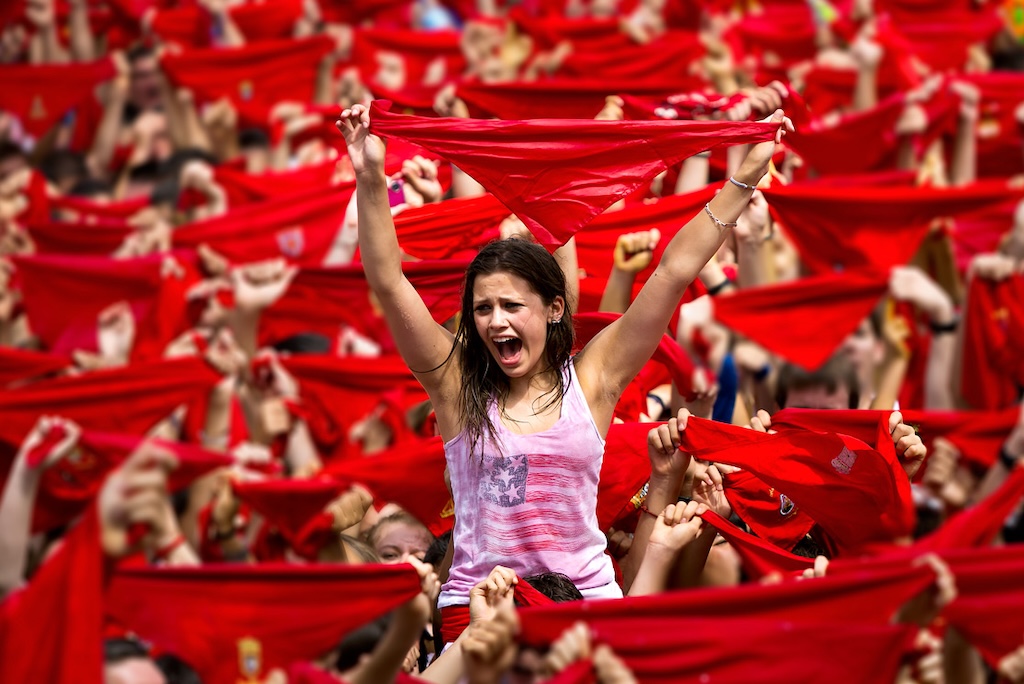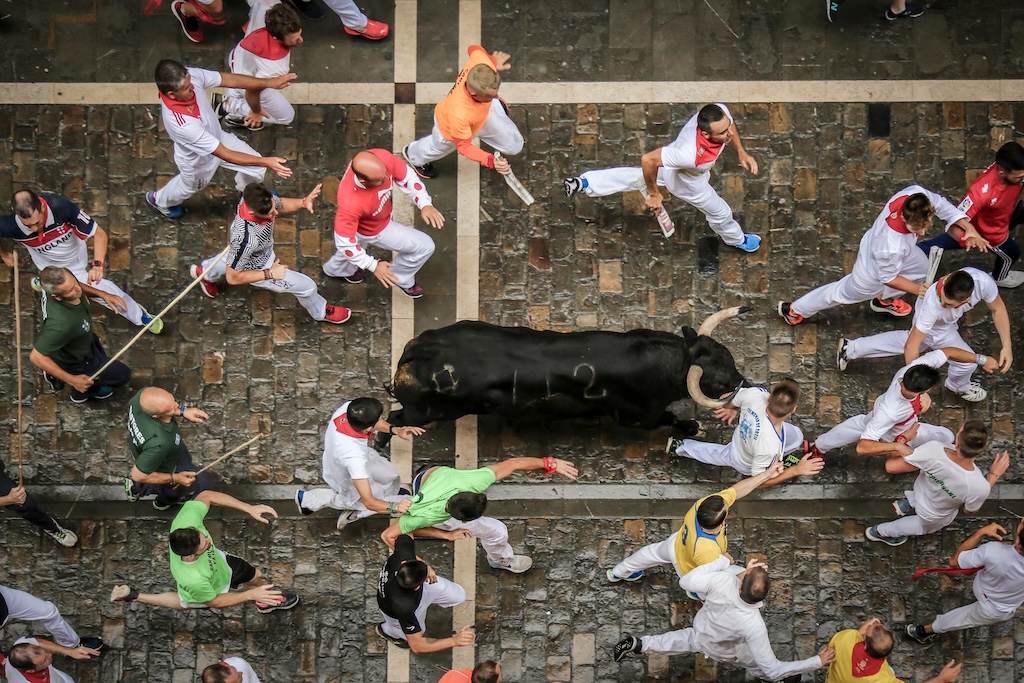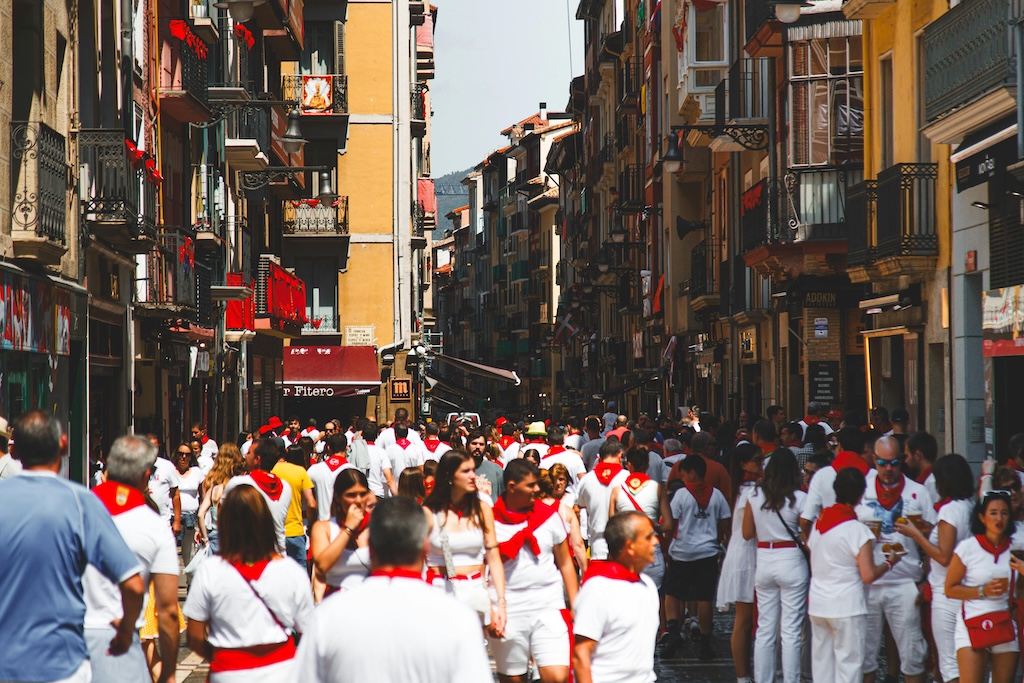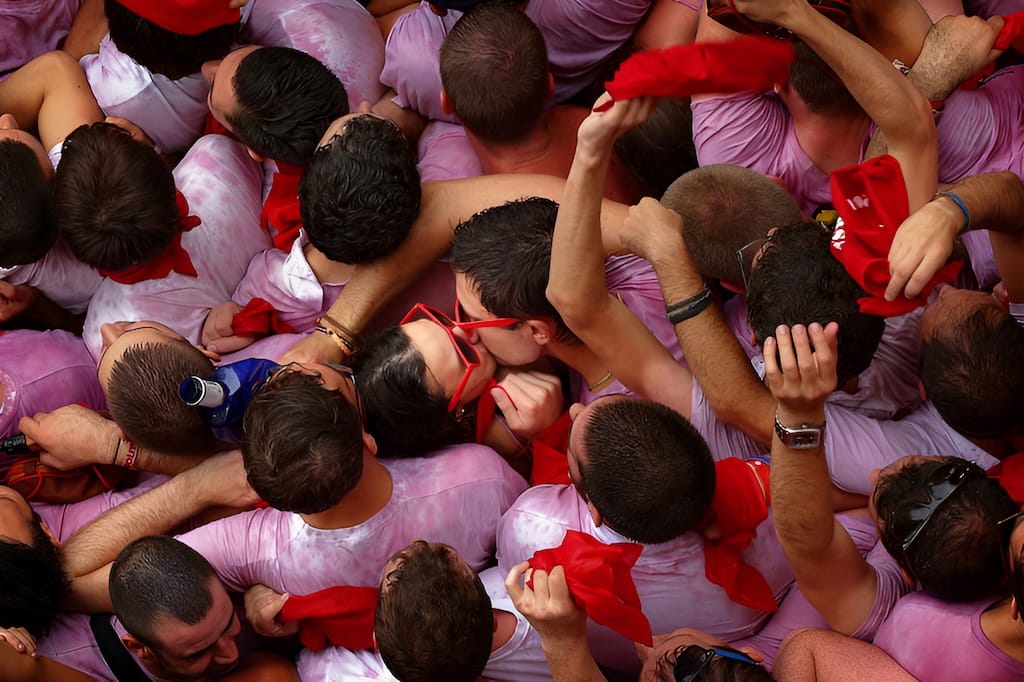The Festival of San Fermín: Legendary Spanish Fiesta
The Festival of San Fermín, known among the locals as Sanfermines, is one of the most well-known and captivating festivals in Spain. It is annually celebrated in the city of Pamplona, which is part of the Navarra region. That vibrant event lures hundreds of thousands of visitors who come from all over the world. It falls between July 6th and July 14th, but most who hear of it know it as the Running of the Bulls.
The festival offers an abundance of activities and cultural experiences that it hosts annually. This article briefly looks into the rich history of Festival de San Fermín, its strange traditions, and what one would expect if they were thinking of attending.
History of the Festival of San Fermín
Originally, the Festival of San Fermín took place back in the Middle Ages when various events celebrated the region's patron saint, Saint Fermín. Saint Fermín is believed to have been the first bishop of Pamplona and was martyred in Amiens, France. His name day was originally observed on 25 September, but in the 16th century the celebration was transferred to July, to coincide with the annual trade fair of Pamplona, which brought merchants from all over Europe to the city.


It was during the beginning of the 20th century that the modern festival began to take its real shape. The bull race and bullfight joined the festival, and other events were standardized in order to provide a clearer pattern of the festival's identity. In 1926, Ernest Hemingway made Sanfermines renowned worldwide through his novel "The Sun Also Rises." It is during this event when he portrayed the excitement and passions of this event. It was through his love for the festival and his stirring depictions that have given it so much international appeal.
Read further about the history of San Fermín
What People Usually Do at the Festival of San Fermín
The Festival of San Fermín is a multicharacter event, meaning that it encompasses a wide range of activities and experiences for visitors:
El Chupinazo: This marks the beginning of the festival, where a rocket is launched from the balcony of Pamplona's Town Hall at noon on July 6. The square fills up with thousands of people, all dressed in white with red scarves, to celebrate the beginning of the festivities.
Encierro-Running of the Bulls: The most famous event in the festival is the Running of the Bulls, which occurs every morning between July 7th and July 14th. Runners run together with a group of bulls along narrow streets all the way into Pamplona and to the bullring. This event lasts just for a few minutes but is one of the most thrilling yet hazardous events in the world; that's why it really gathers very brave runners and eager spectators. More about Running of the Bulls
Bullfights: During every night, the bulls that ran in the morning fight in the Plaza de Toros. The bullfight is a deeply rooted tradition that is associated with the culture of Spain, and the battles here at San Fermín are considered some of the more prestigious in the country.
Processions and religious events: The festival also holds various processions and religious events all over in commemoration of Saint Fermín. It is on the 7th that there is the most important procession, where the statue of Saint Fermín makes a tour in the streets of Pamplona to the sound of music and dancing.
Parades and Street Entertainment: During the week, parades, street actors, and traditional Basque music fill the city. Giants and Big Heads parades, with oversized papier-mâché figures, are popular among children.
Fireworks: Every night during the festival, fireworks light up the sky over Pamplona. For many tourists, these pyrotechnical displays are a high point in the week and further enhance the festive atmosphere.
Traditional Customs
The Festival of San Fermín is a development based on traditional customs, passed along generation after generation. Some of the major traditions are as follows:
Clothing: Traditionally, the participants wear all white with a red scarf known as a pañuelo and a red waistband known as a faja. Red signifies martyrdom of Saint Fermín.
Song and Chants: There are certain songs and chants that occur in the course of this festival. For example, a song is sung three times by participants before the Running of the Bulls for the protection of Saint Fermín.
San Fermín Peñas: Peñas or local social clubs also play an important role in this festival. They plan events, create music, and contribute to the overall noise level.
Interesting Facts and Tips for Visitors
Safety: The Running of the Bulls is dangerous, and participants should be fully aware of the risks they undertake and take precautions. First-time runners must view this from the sidewalk prior to running.
Accommodation: Accommodations in Pamplona are filled-up very fast during the festival period and hence a person needs to make the reservation of bookings much in advance. Others live in nearby towns to travel daily through public transport to Pamplona.
Pamplona: Pamplona is not just about the festival. Take a conducted tour of all the historical places that dot this city, like the Pamplona Cathedral and the citadel. Go on a binge of the local cuisine from any of the bars or restaurants lining the streets of this city. Know Pamplona
Be Respectful to the Culture: If the festival is a time for jubilation, respect the local way of life and culture. Be very considerate with your behavior, especially during religious functions.


Conclusion
Festivity for San Fermín is one grand happenstance that gives one a greater insight into Spanish culture and tradition. Be it the heart-pounding excitement of Running of the Bulls or the vibrant parade and religious procession, this is something for everyone in this legendary event. Whether you are an adrenaline junkie who wants to run with the bulls or simply a culture lover who wants to take in the Spanish spirit, Sanfermines will leave its mark on you.
Plan a trip to Pamplona and experience it with thousands every year who unite together in celebration of the spirit of San Fermín. More than a festival, this is a tradition that literally embodies the heart and soul of Spanish culture.